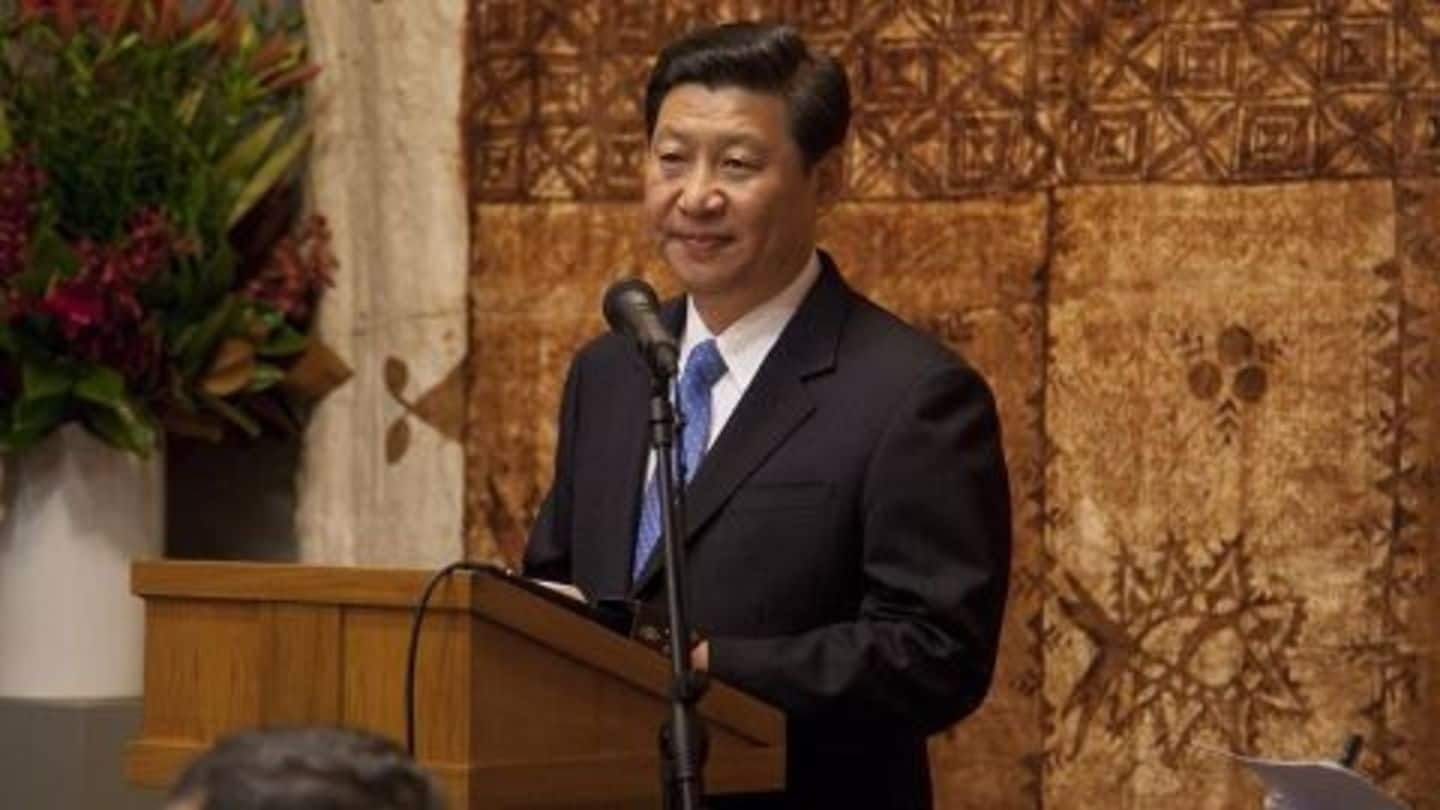
China, Saudi Arabia step up bilateral relations
What's the story
Chinese President Xi Jinping started his tour of West Asia by visiting Saudi Arabia on 19 January, in an attempt to improve relations between the two countries. This is the first time the PRC is stepping up ties with West-Asian theocracies, who are staunchly anti-communist. The move symbolizes both China's and Saudi Arabia's evolving geopolitical agenda as they seek to diversify their regional interests.
History
A brief history of Sino-Saudi relations
China and Saudi Arabia established diplomatic relations in 1990. Oil trade is the backbone of this relationship between the world's largest oil importer and largest producer. The 1999 Strategic Oil Cooperation agreement served as a starting point for bilateral relations, under which China opened up its refinery sector to Riyadh in exchange for exploration rights in Saudi Arabia's extensive oil fields.
Information
Riyadh's assistance to Beijing
Following the Sichuan earthquake of 2008, Saudi Arabia was the largest aid donor to China, providing close to €40,000,000 in financial assistance, and an additional €8,000,000 worth of relief materials.
19 Jan 2016
What agreements did Beijing and Riyadh sign?
During the visit China and Saudi Arabia signed 14 agreements and memoranda of understanding. Xi Jinping and King Salman inaugurated the YASREF refinery, a joint venture between Saudi Aramco and Sinopec. An MoU was also signed for Beijing and Riyadh to build a nuclear reactor in Saudi Arabia. Talks were also conducted to establish a free-trade agreement between China and the gulf region.
Drivers
What are the drivers of this new relationship?
China is heavily dependent on Saudi for its energy security, sourcing almost 16% of its crude oil requirements from Riyadh. Saudi Arabia is also a crucial cog in China's 'Maritime Silk Road' and the 'Silk Road Economic Belt', China's long term growth strategy. Saudi Arabia is looking to expand its military capabilities for its counter-terrorism efforts, and will benefit from China's military production capabilities.
Personal
Silk Road Economic Belt and Maritime Silk Road
The Silk Road Economic Belt connects countries situated on the original Silk Road through Central Asia, West Asia and Europe. The Maritime Silk Road seeks to integrate trade between Asia, Australia and North Africa, through the South China Sea, South Pacific Ocean, Indian Ocean and the Gulf of Aden.